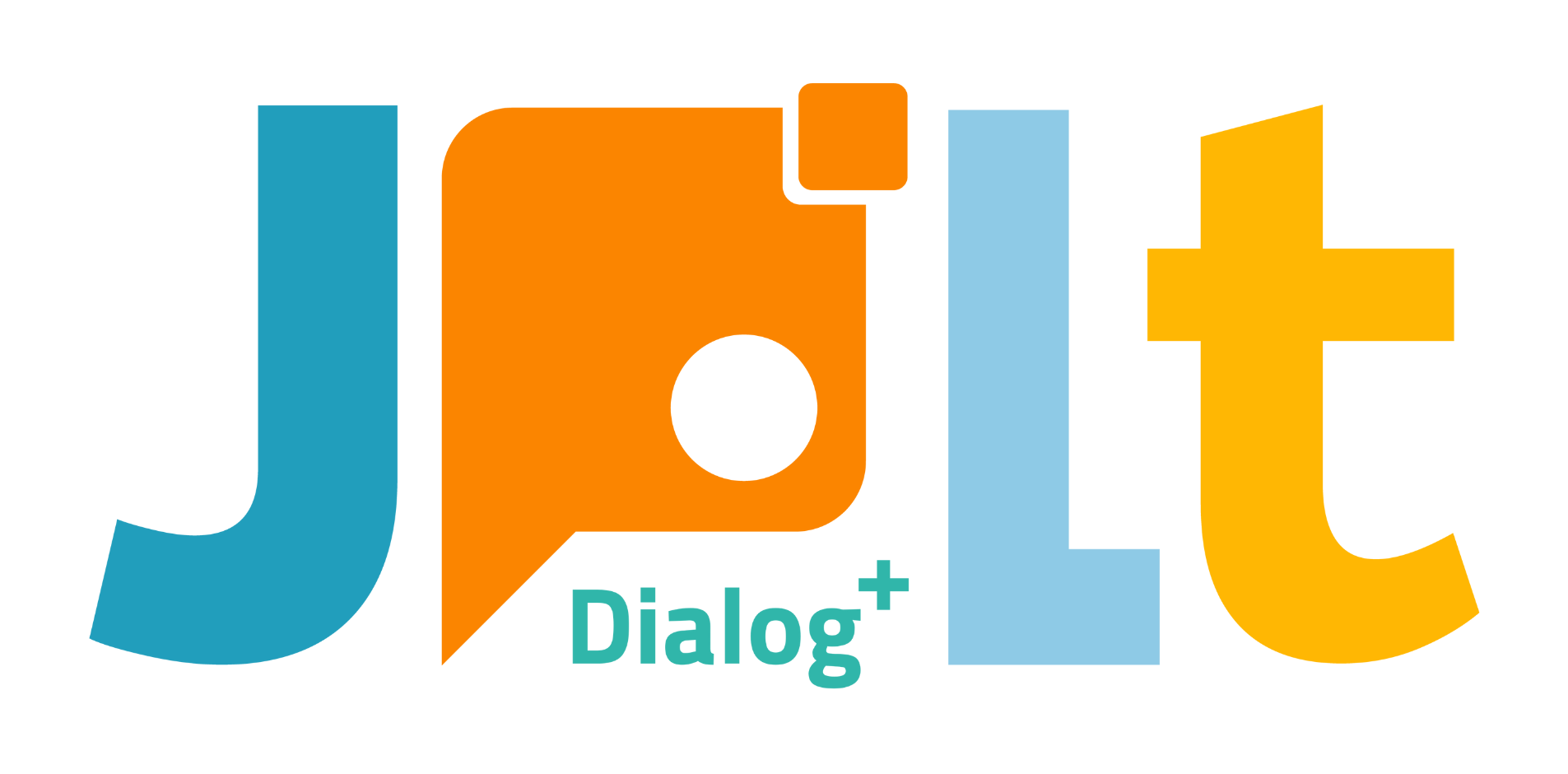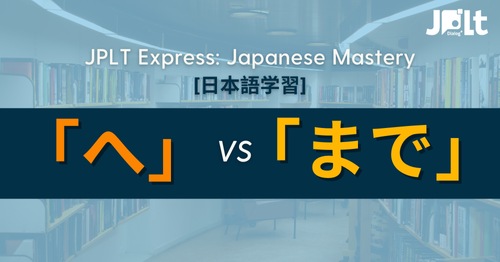[Japanese Language Learning]
Differences Between “図書館へ行きます” [Toshokan e Ikimasu] and “図書館まで行きます” [Toshokan Made Ikimasu]
“図書館へ行きます” [Toshokan e Ikimasu] and “図書館まで行きます” [Toshokan Made Ikimasu] – do they have the same meaning?
“図書館へ行きます” (Toshokan e Ikimasu) and “図書館まで行きます” (Toshokan Made Ikimasu) both express the idea of “going to the library,” but they carry slightly different nuances.
In this article, Eri-san from JPLT Online Japanese Language School explains these differences in detail so that you can use each expression appropriately!
■ Differences Between “へ” and “まで” (He vs. Made)
First, let’s briefly explain the differences between “へ” (He) and “まで” (Made):
- へ (He): Indicates movement towards a place. It focuses on the process of moving towards the destination.
- まで (Made): Indicates reaching a place and stopping there. It focuses on the state of having arrived at the destination.
■ Using “図書館へ行きます” and “図書館まで行きます”
Now, let’s consider these two expressions in the context of “going to the library”:
- 図書館へ行きます (Toshokan e Ikimasu):
- Simply states the fact of heading to the library.
- Does not include specific actions at the library.
- Example: “I’m hurrying to the library because it’s starting to rain.”
- 図書館まで行きます (Toshokan Made Ikimasu):
- Implies arriving at the library and doing something there.
- Suggests actions like borrowing books or studying at the library.
- Example: “I’m going to the library to borrow a new book.”
■ Specific Examples of Usage
- When “図書館へ行きます (Toshokan e Ikimasu)” is appropriate:
- When the library is just one stop on your way to another place.
- When not specifying what you’ll do at the library.
- When “図書館まで行きます (Toshokan Made Ikimasu)” is appropriate:
- When the library is the final destination and you intend to do something there.
- When specifying what you’ll do at the library.
■ Summary
Differences Between “図書館へ行きます” and “図書館まで行きます”
“図書館へ行きます” (Toshokan e Ikimasu) and “図書館まで行きます” (Toshokan Made Ikimasu) both mean “going to the library,” but their nuances differ:
- 図書館へ行きます (Toshokan e Ikimasu): States the fact of moving toward the library.
- 図書館まで行きます (Toshokan Made Ikimasu): Implies reaching the destination and doing something there.
Using these expressions according to the conversation and situation will lead to more natural and accurate communication. Mastering the nuances of “へ” and “まで” in Japanese expands the range of your expressions.
If you want to learn Japanese more in-depth, consider attending a Japanese language school or studying Japanese materials. For those looking to study Japanese more efficiently, JPLT Online Japanese Language School is highly recommended. At JPLT, which gathers Japanese learners from all over the world, you can take one-on-one or group lessons with native teachers. They offer various courses tailored to your level and goals, including preparation for the Japanese Language Proficiency Test (JLPT) and practice in everyday conversation.




